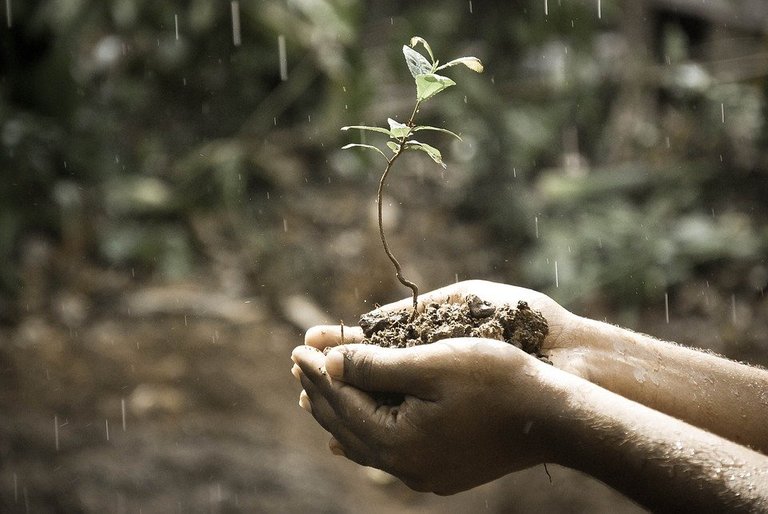
Without water, plant life is impossible. Only the abundance of moisture ensures a high yield and prolongs the flowering period. But excess water in soil and air for the vast majority of plants, like an excess of fertilizers, leads to negative consequences, up to the outbreak of fungal infection or to the decay of the root system, which can cause the death of plants.
1. Watering in the heat
Never water any vegetable plants at the height of a summer day, when there is a real heat, heat. An exception can be only plants growing in the shade, but usually such in the garden is small. When watering in the heat, first, the moisture quickly evaporates from the soil surface; secondly, no matter how carefully you watered, small drops of water will still fall on the leaves, which, under the influence of the sun's rays, will literally boil on the leaves, forming burns. These burns are an open gate to infect the infection.
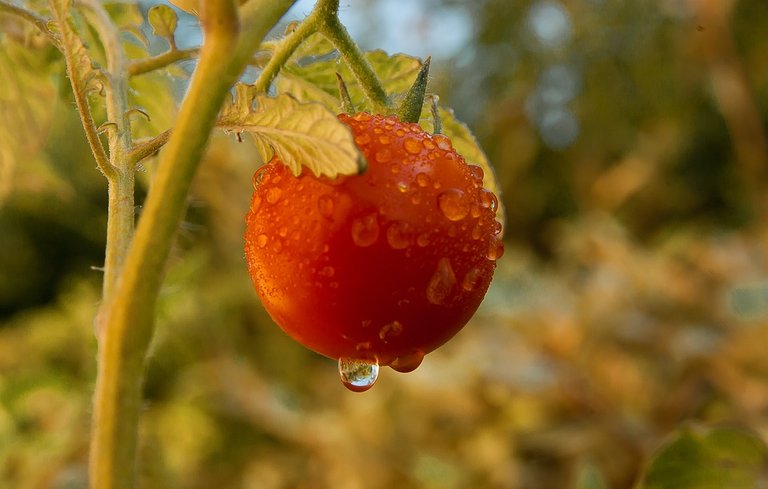
2. Cold (ice) water
Very often the garden is watered exclusively from a water hose in which the water after a couple of seconds of watering becomes literally icy. This is a real shock for plants, but if the "thick-skinned" trees and shrubs are tolerant to such watering, sensitive vegetables can even curtail leaves, as if from a light frost.
Try to water the garden with water heated to room temperature, but not hot, of course. It's difficult to do this: you can install a large barrel (or several) on the site at least half a meter high, paint it (them) in black, connect the hose to the tap and fill the barrels with water. During the day, water will warm up, and in the evening you can water.
In addition, you will get more water, and if the barrel is placed under the drain from the roof and covered with a net to prevent debris from falling into it, you will get rainwater, perfectly adapted for watering the garden (aerated) and even free!
3. Powerful jet
Another mistake: not only that truck farmers watered the garden from the hose, and moreover they also make a powerful jet. Some explain this by the fact that this way water penetrates into the soil faster without spreading over the surface. But watering in this way does much more harm than good. Water under pressure strongly erodes the soil, reveals the roots. In the future, if they do not fall asleep with soil, they will dry, and the plants suffer (even they may die). The best option for watering, if it is just watering from the hose - that the water from it flows by gravity, and not under pressure, then the roots will not be blurred.
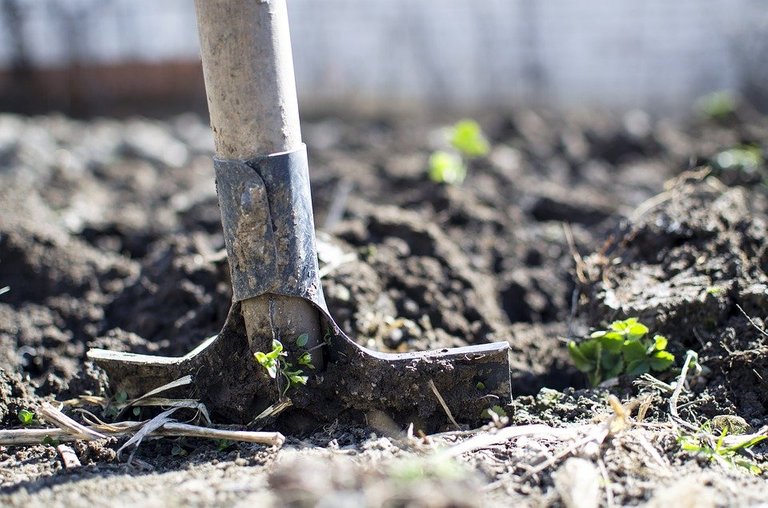
4. Untimely watering by foliage
In fact, it is better not to abuse such watering and conduct it only in accordance with the weather. For example, if it is moderately humid, the sky is covered with clouds, then it is better not to water the plants over the foliage, if it is hot in the daytime, then in the morning you can revitalize the plants by making them "rain".
By the way, it is better to water sprinkler irrigation in the evening, namely early in the morning. When sprinkling irrigation in the evening, moisture is very long on the leaf blades, creating the most favorable environment for the development of fungal infection. If you pour in the morning, only earlier, an hour at four in the morning, then with the gradual heating of the air by the rising sun, the water will slowly evaporate, without damaging the leaf blades.
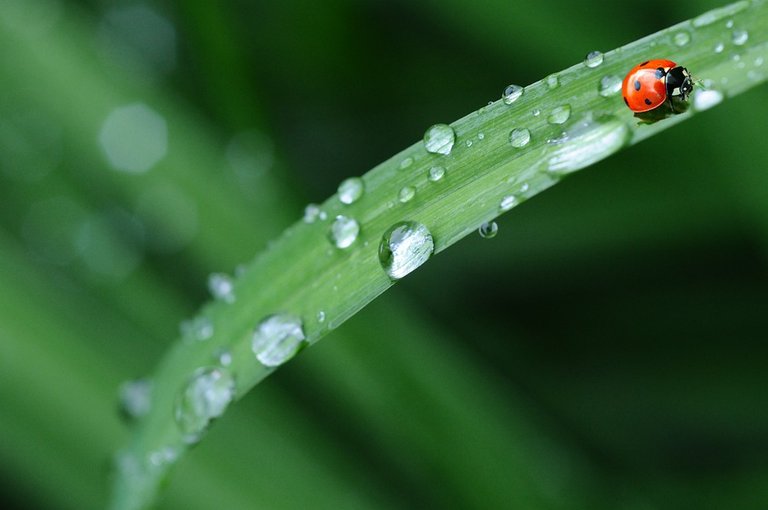
5. Watering on the crust on the soil
Before proceeding to watering the garden, if it has not been watered for several days, and the crust has formed on the surface of the soil, it is necessary to break it with the tip of the hoe. If this is not done, the water will not immediately absorb into the soil, a fairly large amount of water will spread over its surface. This will lead, first, to the loss of a large amount of moisture, and secondly, it can cause waterlogging of the soil in places of depressions, and in other places there may be a deficit of moisture.
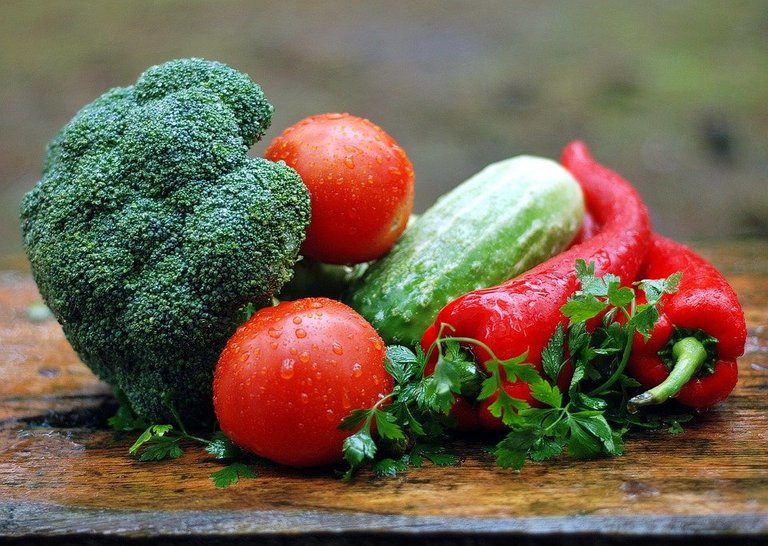
6. Shortage or water diversion
As we have repeatedly written, everything needs a norm. Watering with both a small amount of water and a large one can cause a lack of moisture and banal drought, starvation of plants or, conversely, the excess and decay of roots and outbreaks of fungal diseases.
Watering the garden is necessary so that the soil is soaked at least 10-15 cm - this is the zone where the roots of most vegetables are located. Depending on the type of soil, it is necessary to pour a square meter from the bucket to three, it is clear that the soil is friable, the water at a time needs less, but the more moisture from the soil evaporates, so you need to water yourself more often (and vice versa).
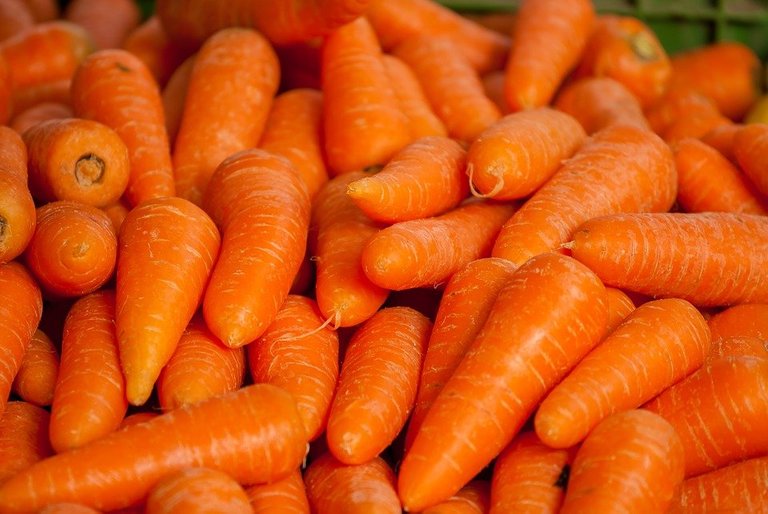
7. Abundant irrigation with a long break
This is very often observed in suburban areas. We arrive in the summer once a week, generously fill the whole garden, turning it into a swamp, and leave for a week, leaving it for this time completely without water. The moisture literally the next day or days through two is spent on food and evaporates, and for four or five days the vegetable garden dries. This is bad, causing plants literally a shock: then there is a lot of nutrition and moisture, then there is none; from this there is a decrease in the immunity of plants, outbreaks of diseases, low-quality fruits are formed, and so on.
In periods of fruit ripening, such watering, in general, is dangerous to carry out: after abundant watering, which you decided to spend after a prolonged drought, moisture in huge amounts goes to the fruit, and they crack. To avoid all these phenomena, it is better to use drip irrigation.